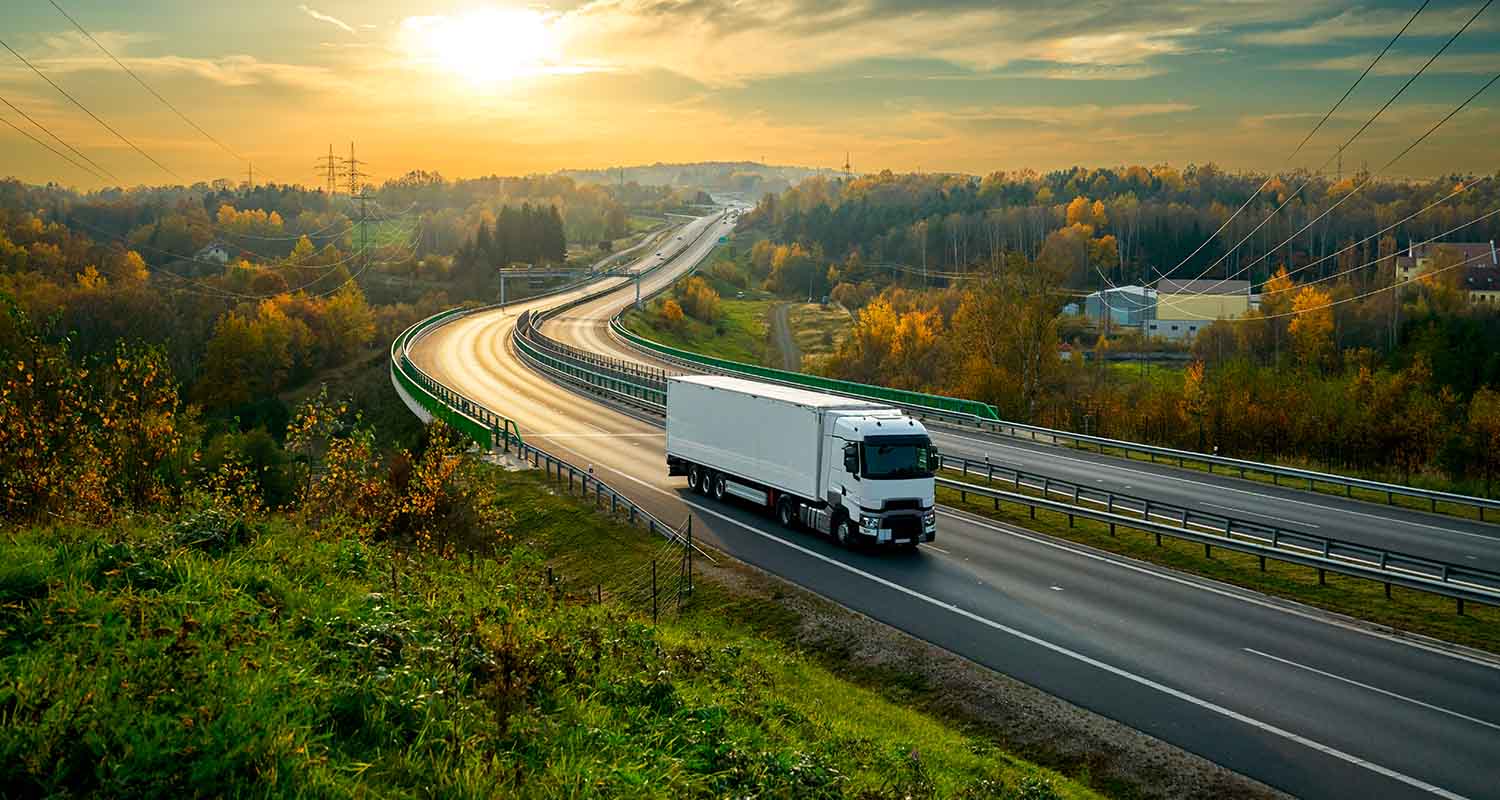
Biofuels in aviation and maritime transport
The waste that will power planes and ships

This is how heavy-duty trucks reduce their CO2 emissions
More efficient engines, digitalization, renewable fuels, driving courses... The transport sector develops several initiatives to reduce the impact of its activity.


For years, heavy-duty road freight transport has been working on the reduction of CO2 emissions. From the manufacturers, with the development of more efficient engines, to the carriers who, as well as starting to use renewable fuels, are optimizing loads and routes taken by trucks with the support of digitalization.
"Trucks registered today consume 20% less fuel per tonne and kilometer than 20 years ago."
"Trucks registered today consume 20% less fuel per tonne and kilometer than 20 years ago,” says Ramón Valdivia, executive vice-chairman of the International Road Transport Association (ASTIC). Vehicles are increasingly more efficient, such as those, for example, used by Ontime Logística Integral, whose international fleet is less than three years old and is made up of Euro VI vehicles. The models used by this company are limited to a speed of 87 km/h, which reduces fuel consumption by 1 liter per 100 km.
Another key factor is the optimization of routes and the reduction of what is known as "empty miles". Ontime uses algorithms to plan its routes taking into account factors such as distances to be traveled, characteristics of trucks, or restrictions and incidents that may occur in traffic. In addition, it carries out the loading with volumetric scales that make it possible to make the most of the space available in the truck and, in this way, reduce the number of trips required.
To all these improvements you have to add the specific courses that Ontime drivers receive to get to know the truck's systems better and drive smoothly and at constant speeds, training that is increasingly more widespread in the transport sector. "We invest a lot in driver training, a well-trained professional can reduce consumption between 7% and 10%," Ramón Valdivia, from ASTIC, explains.

Efficient driving courses for drivers are also one of the tools used regularly by Scania to reduce fuel consumption in its vehicles. This truck manufacturer is also using new digitalization and connection systems to monitor its functioning and, in this way, to be able to continuously improve its efficiency, explains Alberto Linares, its Sustainability manager.
Freight transport in Spain versus Europe
6,450,000
medium- and heavy-duty trucks
in Europe
77%
of road freight transport in Europe
581,631
freight transport trucks
in Spain
96%
of road freight transport
in Spain
This is in addition to the progressive incorporation of 100% renewable fuel, which is compatible with today's truck engines. In Spain, Sesé and Repsol have reached a supply agreement of eight million liters of this type of fuel over the next two years, an amount that will serve to travel 26.6 million kilometers by land. Its use will represent an estimated reduction of 18,000 tonnes of CO2, representing a reduction of up to 90% of CO2 emissions compared to the fuel of mineral origin that it replaces. Today, 15% of Sesé's own freight transport fleet in Spain already operates with renewable fuel.
Another alternative to optimize freight transport is intermodality or optimization in the use of different modes of transport, mainly train. For its routes between France and the United Kingdom, for example, Ontime trucks use the Channel Tunnel, which allows them to not only emit up to 12 times less CO2 than if they used the ferry, but also meet their delivery deadlines with their customers thanks to a trip that only takes 35 minutes. Although decades ago the Commission implemented the Marco Polo program to transfer road freight to other means of transport, the share of rail transport has only increased 1% in ten years. Spain, which has a very low share in internal rail freight transport, wants to enhance this means of transport and reach 10% of modal share. To this end, it has launched the Mercancías 30 initiative, with measures that include the expansion of tracks to reduce costs, the electrification of non-electrified freight lines, and the rehabilitation and improvement of already electrified lines.